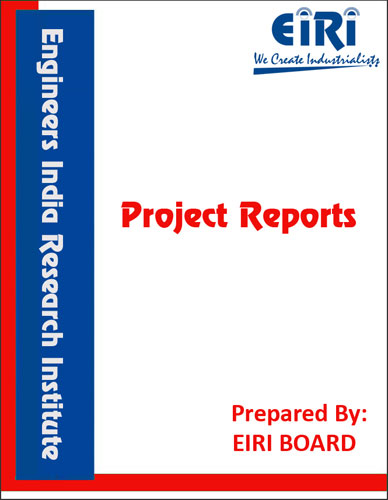CANDLE MAKING UNIT
The project report includes Present Market Position and Expected Future Demand, Market Size, Statistics, Trends, SWOT Analysis and Forecasts. Report provides a comprehensive analysis from industry covering detailed reporting and evaluates the position of the industry by providing insights to the SWOT analysis of the industry.
We can prepare PROJECT REPORT as per your INVESTMENT PLAN for BANK LOAN REQUIREMENT and INDUSTRY ANALYSIS. All reports are prepared by highly qualified consultants and verified by a panel of experts.
Have Query? Click Here to Chat
Industry Expert is Online, Chat with him for more detail.

The candle making has been practiged and despite the introduction of mass production methods, candles can still be made by well-established methods which require only simple equipment. Much of this equipment can be made by rural craftmen.
A candle is simply a solid cylinder of tallow, wax or other solid fat, containing a wiek to give off light when burning. When the wick is lit, the flame radiates suffcient heat to melt a small pool of wax at the top of the candle. The liquid wax is then drawn up the wick by capailary action into the flame where it is vapourised and burnt. The size of the flame is important and should be related to the diameter of the candle.
8 If the wick used is too thick, it will cause, a large flame which generates so much heat that it prevents the formation of the bowl of molten fuel by melting the outer edge. On the other hand, if a wick which is too small is used,the small flame cannot generate enough heat to form a prper reservoir of molten fuel, as the heat radiated will not reach the edge of the candle until it is so far down that it will go out through lack of oxygen. the wick size, therefore, must be related to the diameter of the candle (as well as to the type of fuel). Although a rough guide to wick size is given later on in this profile, the only was is to provide a good candle is by trial and error.
The main purpose of the wax is to provide the fuel for the flame so the burning characteristics of the wax are extremely important. A good candle wax should produce a candle which burns steadily, lasts for a long time, produces very little, smoke and gives a good quality light. In addition, candle wax has other functions. It must be rigid enough to support the wick in a vertical position; it must be suitable for processing by one of the various candle making techniques; and it must look attractive.
•1. INTRODUCTION
2. RAW MATERIALS
3. PROPERTIES
4. USES & APPLICATIONS
5. MARKET POTENTIAL
6. B.I.S. SPECIFICATIONS
7. MANUFACTURING PROCESS
8. THE DIPPING PROCESS
9. THE POURING PROCESS
10. THE MOLDING OR CASTING PROCESS
11. MANUFACTURING DIAGRAM
12. MANUFACTURING EQUIPMENTS
13. RAW MATERIAL & SUPPLIERS
14. MACHINERY SUPPLIER
15. CANDLE MAKING MACHINE
16. ADDITIONAL PLANT & MACHINERY SUPPLIERS FOR
CANDLE MAKING
17. ADDITIONAL RAW MATERIALS SUPPLIERS FOR
CANDLE MAKING
APPENDIX – A :
1. COST OF PLANT ECONOMICS
2. LAND & BUILDING
3. PLANT AND MACHINERY
4. FIXED CAPITAL INVESTMENT
5. RAW MATERIAL
6. SALARY AND WAGES
7. UTILITIES AND OVERHEADS
8. TOTAL WORKING CAPITAL
9. COST OF PRODUCTION
10. PROFITABILITY ANALYSIS
11. BREAK EVEN POINT
12. RESOURCES OF FINANCE
13. INTEREST CHART
14. DEPRECIATION CHART
15. CASH FLOW STATEMENT
16. PROJECTED BALANCE SHEET



